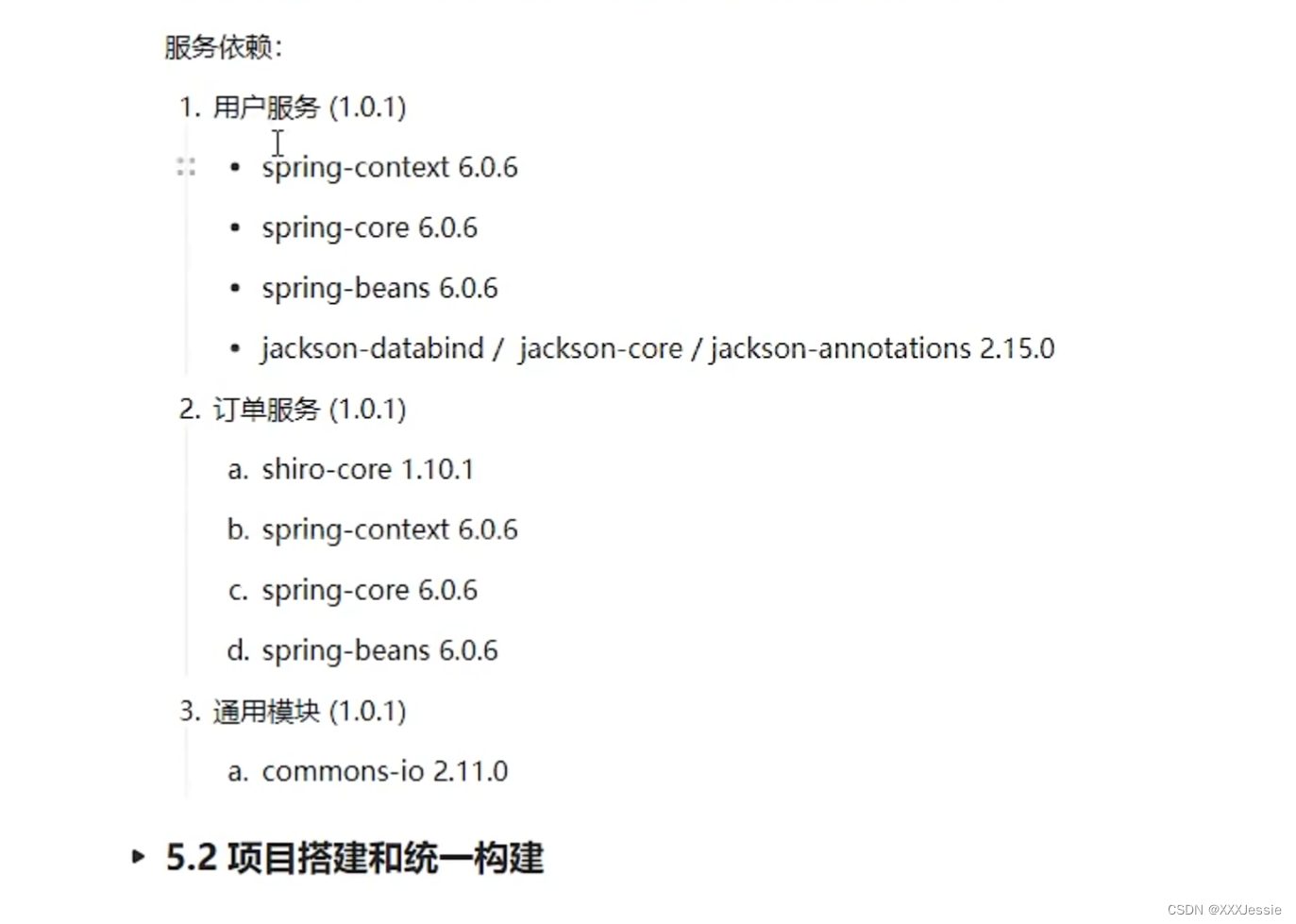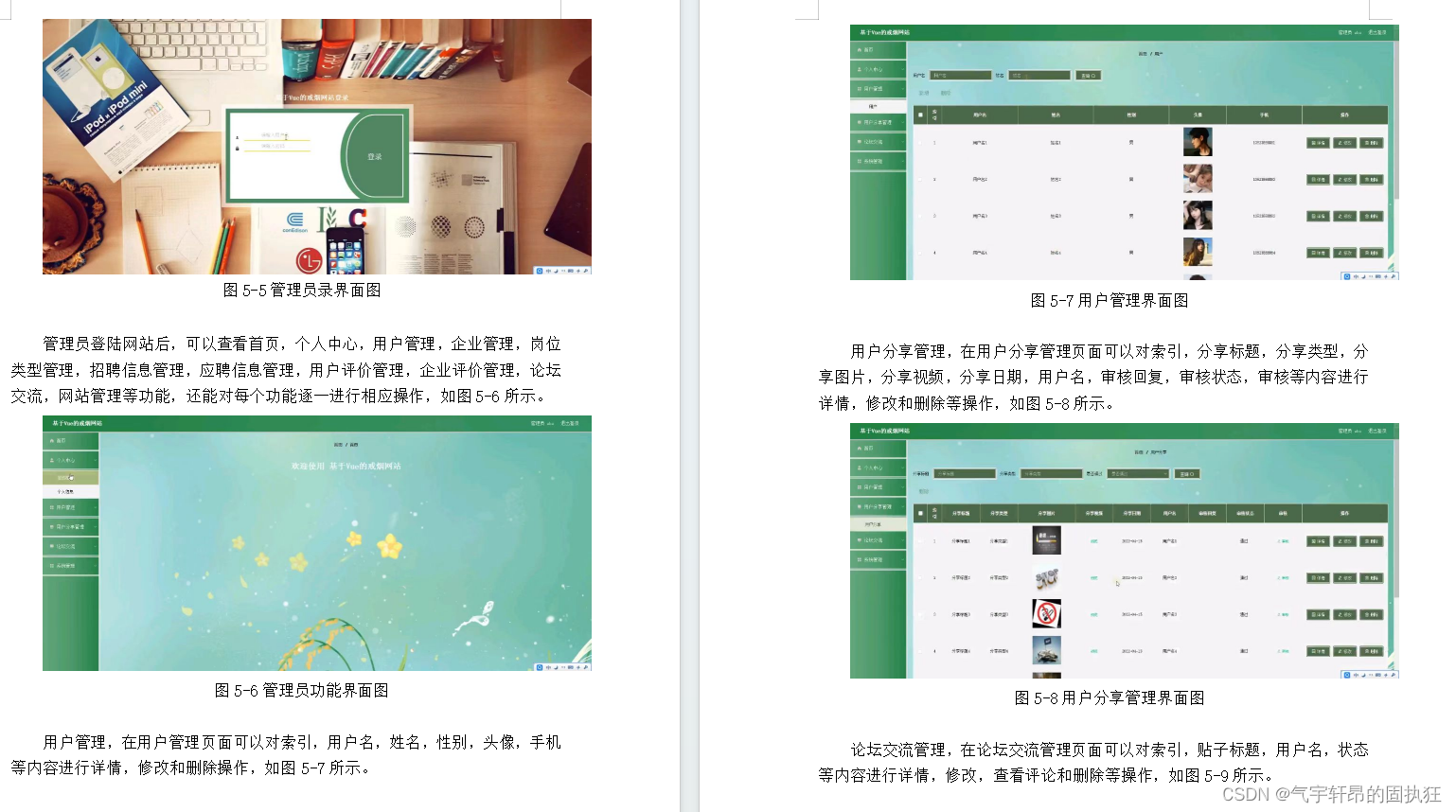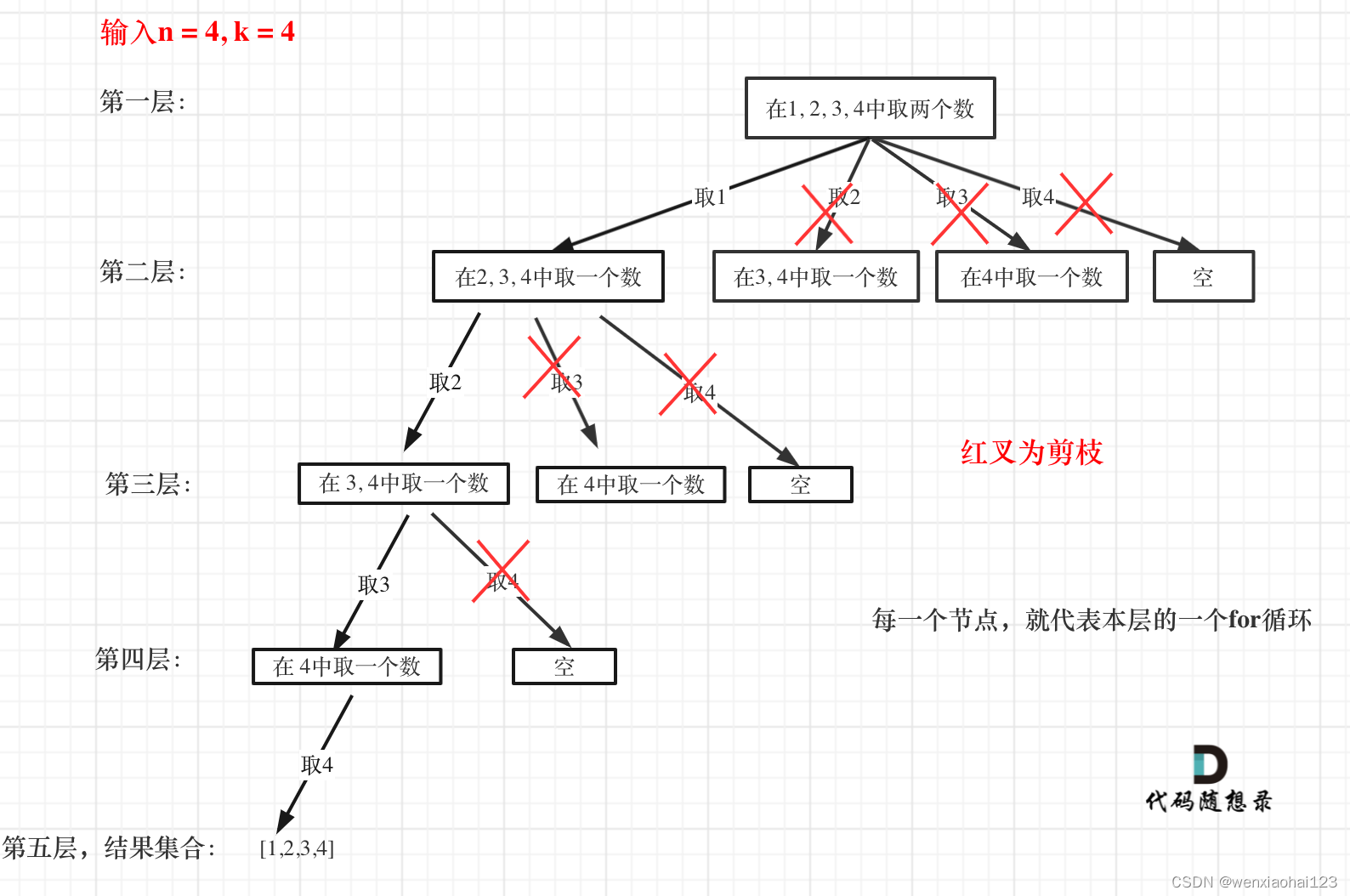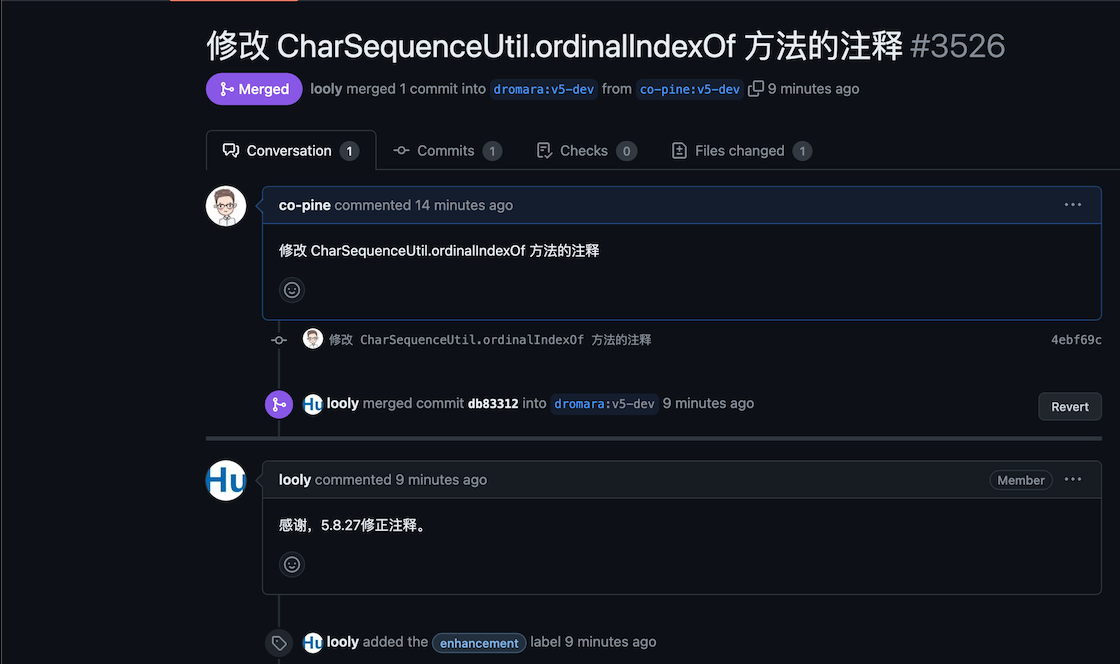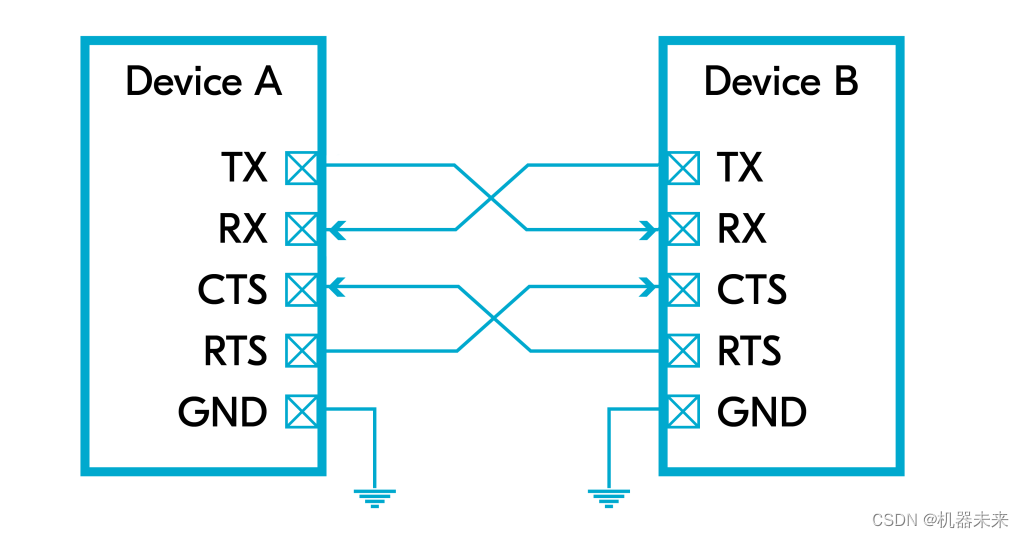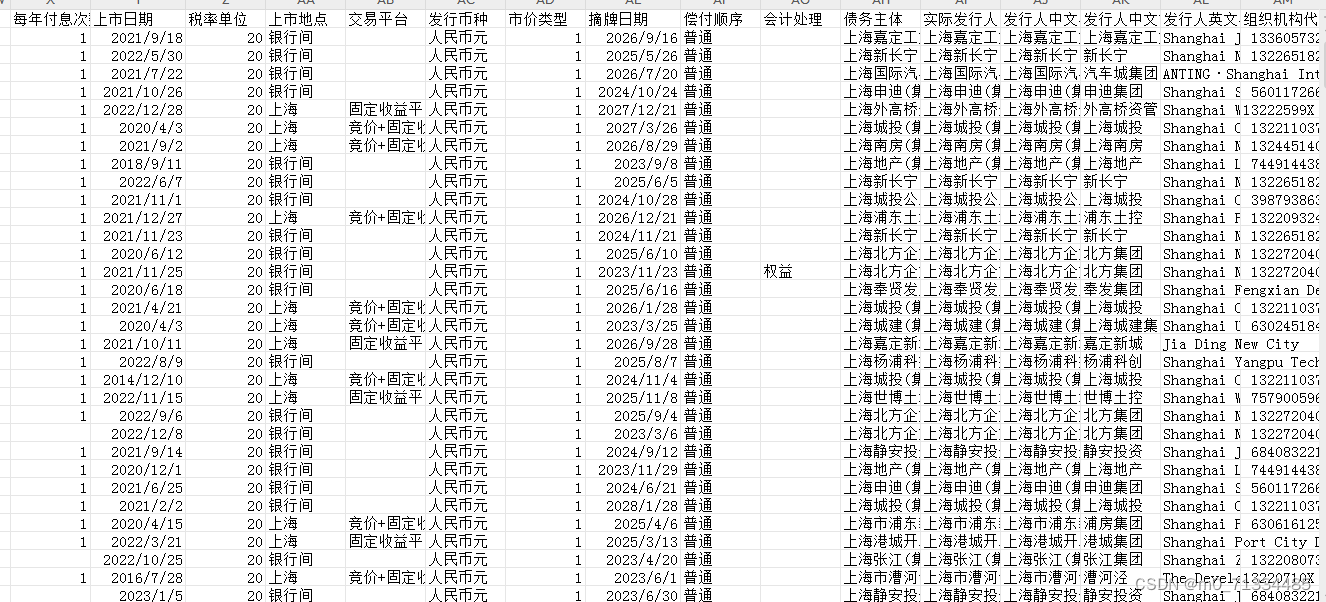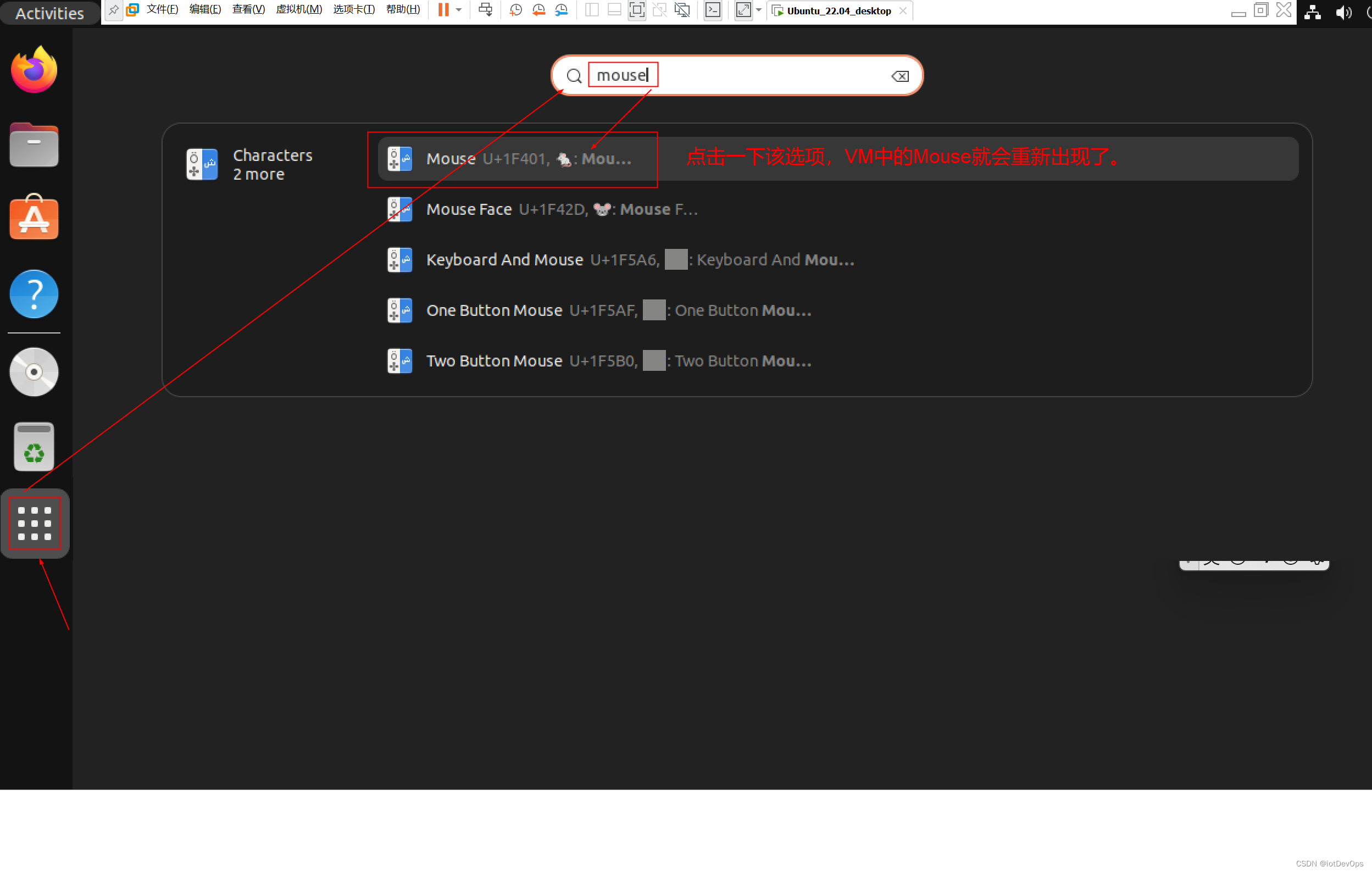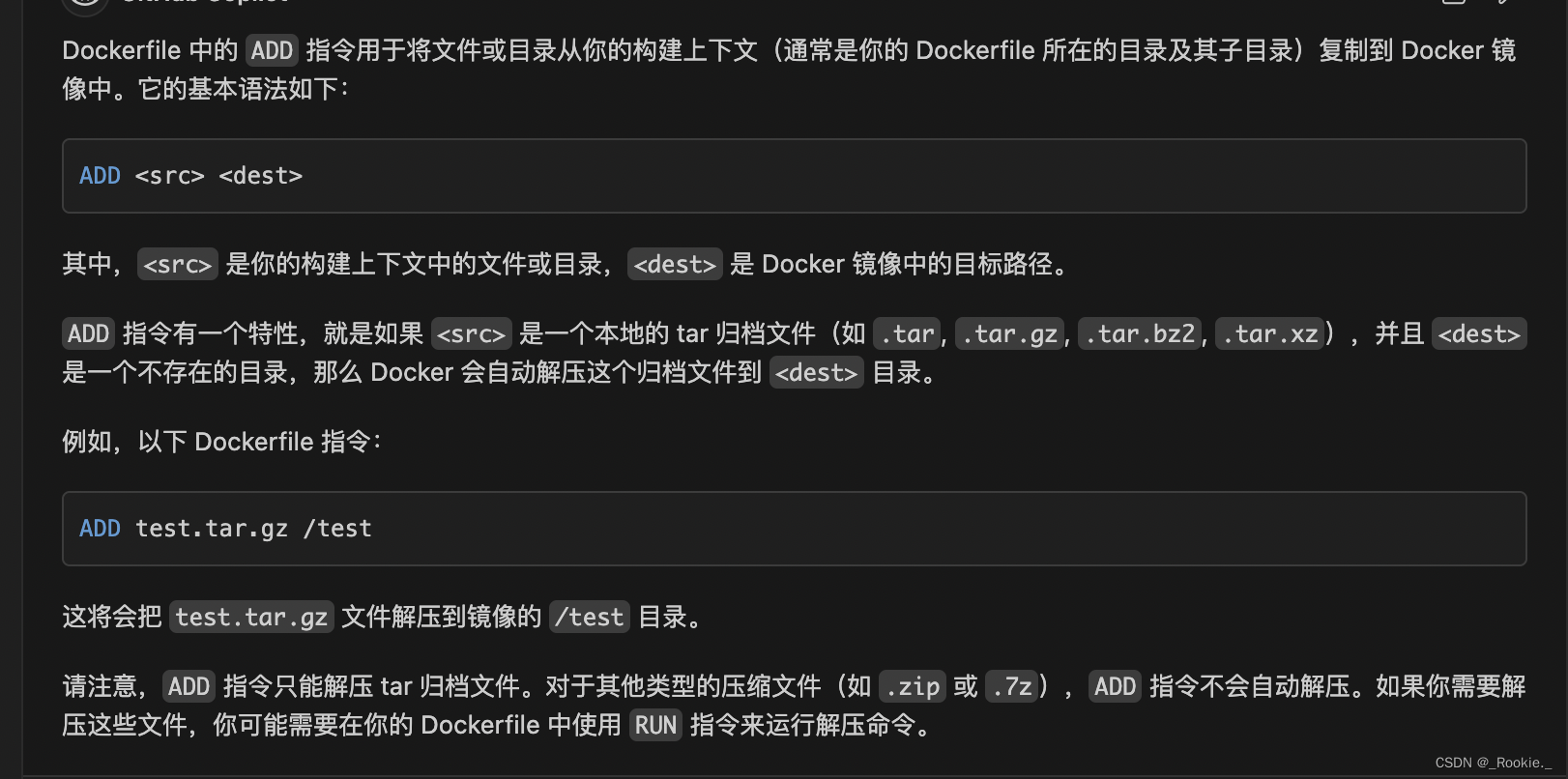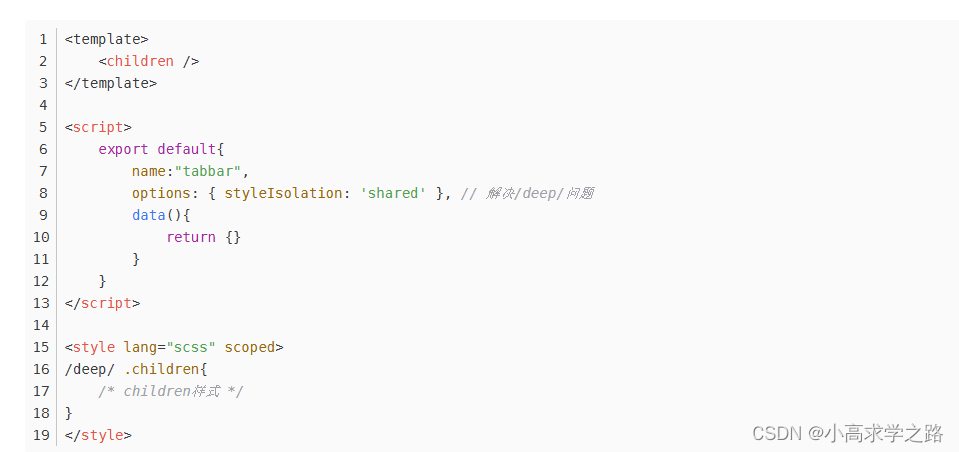21、MyBatis实现一对一查询
-
MyBatis 有两种不同的方式加载关联:
- 嵌套 Select 查询:通过执行另外一个 SQL 映射语句来加载期望的复杂类型。
- 嵌套结果映射:使用嵌套的结果映射来处理连接结果的重复子集。
- 查看mybatis的关联
MyBatis是一种流行的Java持久化框架,它提供了多种方式来实现一对一关联。以下是几种常见的方式:
-
嵌套select查询(Nested Queries):这种方式通过在主查询中使用子查询来获取关联对象的数据。在MyBatis中,可以使用
<select>标签嵌套另一个<select>标签来实现一对一关联查询。具体操作是在主查询中使用子查询获取关联对象的数据,并将其映射到主对象的属性中。
<resultMap id="blogResult" type="Blog">
<association property="author" column="author_id" javaType="Author" select="selectAuthor"/>
</resultMap>
<select id="selectBlog" resultMap="blogResult">
SELECT * FROM BLOG WHERE ID = #{id}
</select>
<select id="selectAuthor" resultType="Author">
SELECT * FROM AUTHOR WHERE ID = #{id}
</select>
-
嵌套结果映射(Nested Result Maps):这种方式通过在结果映射中定义嵌套的结果映射来实现一对一关联。在MyBatis中,可以使用
<resultMap>标签定义嵌套的结果映射,然后在主结果映射中引用它。具体操作是在主结果映射中使用<association>标签引用关联对象的结果映射。- 延迟加载(Lazy Loading):这种方式通过延迟加载关联对象的数据来实现一对一关联。在MyBatis中,可以使用
<association>标签的fetchType属性设置为lazy来启用延迟加载。具体操作是在需要访问关联对象数据时才进行加载。
- 延迟加载(Lazy Loading):这种方式通过延迟加载关联对象的数据来实现一对一关联。在MyBatis中,可以使用
-
嵌套查询和嵌套结果映射的组合:有时候,可以将嵌套查询和嵌套结果映射结合起来使用,以实现更复杂的一对一关联查询。
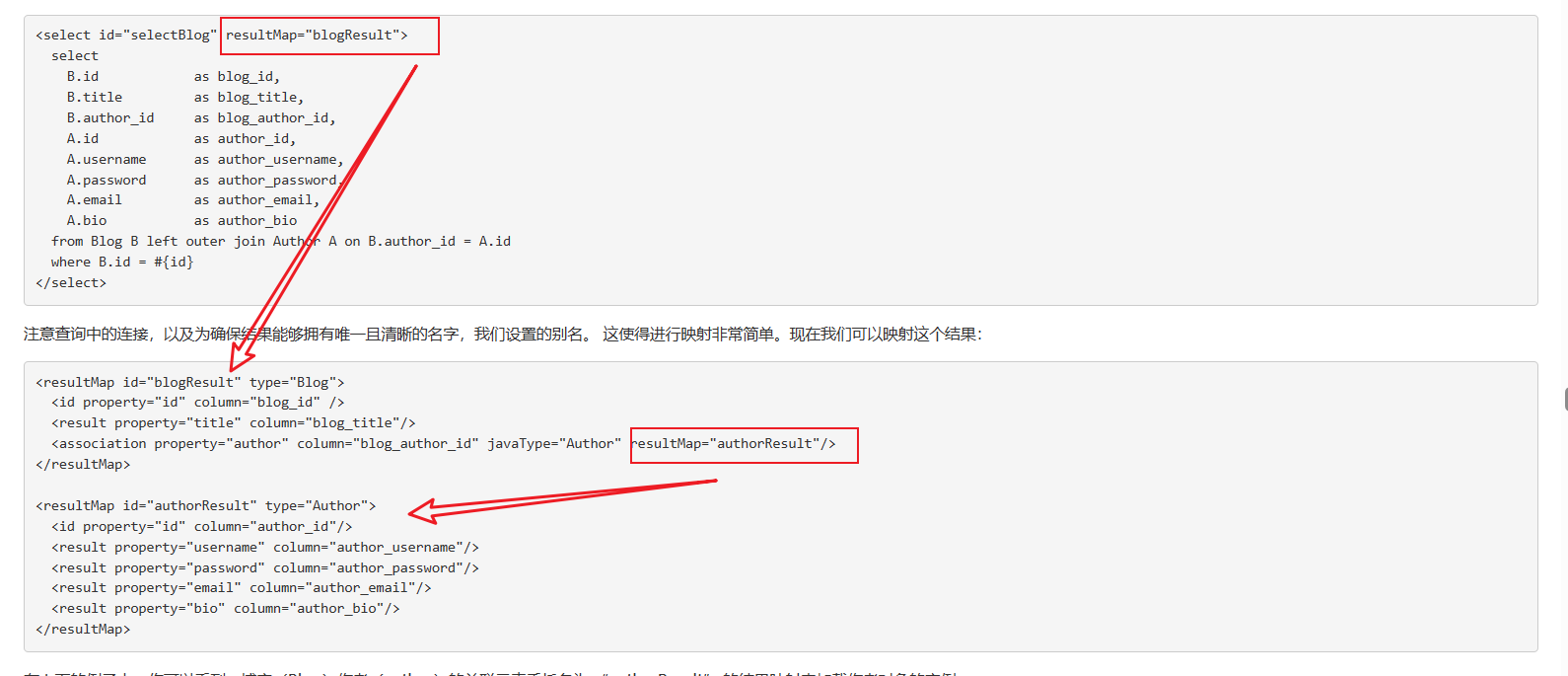
22、MyBatis实现一对多查询有几种方式,怎么操作的?((关联(association))
MyBatis是一种Java持久层框架,它提供了多种方式来实现一对多的关系。以下是几种常见的方式及其操作方法:
-
嵌套select查询(Nested Queries):通过在主查询中嵌套子查询来获取关联对象的数据。在MyBatis的Mapper XML文件中,可以使用
<collection>标签定义一个嵌套查询,通过指定子查询的SQL语句和结果映射关系来实现一对多的关系。示例代码:
<select id="selectPostsForBlog" resultType="Post">
SELECT * FROM POST WHERE BLOG_ID = #{id}
</select>
<resultMap id="blogResult" type="Blog">
<collection property="posts" javaType="ArrayList" column="id" ofType="Post" select="selectPostsForBlog"/>
</resultMap>
<select id="selectBlog" resultMap="blogResult">
SELECT * FROM BLOG WHERE ID = #{id}
</select>
1.1 . 延迟加载(Lazy Loading):在查询主对象时,不立即加载关联对象的数据,而是在需要使用关联对象时再进行加载。在MyBatis的Mapper XML文件中,可以使用<collection>标签的fetchType属性设置为lazy来实现延迟加载。
示例代码:
<select id="selectPostsForBlog" resultType="Post">
SELECT * FROM POST WHERE BLOG_ID = #{id}
</select>
<resultMap id="blogResult" type="Blog">
<!-- collection标签的含义: posts 是一个存储 Post 的 ArrayList 集合-->
<collection property="posts" javaType="ArrayList" column="id" fetchType="lazy" ofType="Post" select="selectPostsForBlog"/>
</resultMap>
<select id="selectBlog" resultMap="blogResult">
SELECT * FROM BLOG WHERE ID = #{id}
</select>
-
嵌套结果映射(Nested Result Maps):通过在结果映射中定义嵌套的结果映射来实现一对多的关系。在MyBatis的Mapper XML文件中,可以使用
<resultMap>标签中使用<collection>标签定义一个嵌套的结果映射。示例代码:
<select id="selectBlog" resultMap="blogResult">
select
B.id as blog_id,
B.title as blog_title,
B.author_id as blog_author_id,
P.id as post_id,
P.subject as post_subject,
P.body as post_body,
from Blog B
left outer join Post P on B.id = P.blog_id
where B.id = #{id}
</select>
<resultMap id="blogResult" type="Blog">
<id property="id" column="blog_id" />
<result property="title" column="blog_title"/>
<collection property="posts" ofType="Post">
<id property="id" column="post_id"/>
<result property="subject" column="post_subject"/>
<result property="body" column="post_body"/>
</collection>
</resultMap>
这段代码和上面一段一样的作用
<select id="selectBlog" resultMap="blogResult">
select
B.id as blog_id,
B.title as blog_title,
B.author_id as blog_author_id,
P.id as post_id,
P.subject as post_subject,
P.body as post_body,
from Blog B
left outer join Post P on B.id = P.blog_id
where B.id = #{id}
</select>
<resultMap id="blogResult" type="Blog">
<id property="id" column="blog_id" />
<result property="title" column="blog_title"/>
<collection property="posts" ofType="Post" resultMap="blogPostResult" columnPrefix="post_"/>
</resultMap>
<resultMap id="blogPostResult" type="Post">
<id property="id" column="id"/>
<result property="subject" column="subject"/>
<result property="body" column="body"/>
</resultMap>
示例:一个用户上面有多个账户
public class User implements Serializable {
private Integer id;
private String username;
private String address;
private String sex;
private Date birthday;
//一对多关系映射:主表实体应该包含从表实体的集合引用
private List<Account> accounts;
}
public class Account implements Serializable{
private Integer aid;
private Integer uid;
private Double money;
}
<?xml version="1.0" encoding="UTF-8"?>
<!DOCTYPE mapper
PUBLIC "-//mybatis.org//DTD Mapper 3.0//EN"
"http://mybatis.org/dtd/mybatis-3-mapper.dtd">
<mapper namespace="com.itheima.dao.IUserDao">
<!--定义 user 的 resultMap -->
<resultMap id="userAccountMap" type="user">
<id property="id" column="id"></id>
<result property="username" column="username"></result>
<result property="address" column="address"></result>
<result property="sex" column="sex"></result>
<!--配置user对象account集合的映射
ofType集合中元素的类型-->
<collection property="accounts" ofType="account" fetchType="lazy">
<id column="aid" property="id" ></id>
<result column="uid" property="uid"></result>
<result column="money" property="money"></result>
</collection>
</resultMap>
<!--配置查询所有-->
<select id="findAll" resultMap="userAccountMap">
select u.*, a.id as aid, a.uid, a.money from user u left outer join account a on u.id = a.uid
</select>
</mapper>
23、Mybatis是否支持延迟加载?如果支持,它的实现原理是什么?
- Mybatis 仅支持association 关联对象和 collection 关联集合对象的延迟加载,association 指的就是一对一,collection 指的就是一对多查询。在 Mybatis配置文件中,可以配置是否启用延迟加载lazyLoadingEnabled=true|false。
- 它的原理是,使用CGLIB创建目标对象的代理对象,当调用目标方法时,进入拦截器方法,比如调用a.getB().getName(),拦截器 invoke()方法发现 a.getB()是null 值,那么就会单独发送事先保存好的查询关联B对象的sql,把B查询上来,然后调用a.setB(b),于是 a的对象b属性就有值了,接着完成a.getB().getName()方法的调用。这就是延迟加载的基本原理。
补充什么是 CGLIB?
- 什么是 CGLIB?
- CGLIB是一个功能强大,高性能的代码生成包。它为没有实现接口的类提供代理,为JDK的动态代理提供了很好的补充。
- 通常可以使用Java的动态代理创建代理,但当要代理的类没有实现接口或者为了更好的性能,CGLIB 是一个好的选择。
- CGLIB 的原理
- 动态生成一个要代理类的子类,子类重写要代理的类的所有不是 final 的方法。在子类中采用方法拦截的技术拦截所有父类方法的调用,顺势织入横切逻辑。
- CGLIB 底层:采用ASM字节码生成框架,使用字节码技术生成代理类,比使用 Java 反射效率要高。
24、Mybatis的一级、二级缓存:
- 一级缓存: 基于 PerpetualCache 的 HashMap 本地缓存,其存储作用域为Session,当 Session flush 或 close 之后,该 Session 中的所有 Cache 就将清空,默认打开一级缓存。
- 二级缓存与一级缓存其机制相同,默认也是采用 PerpetualCache,HashMap存储,不同在于其存储作用域为 Mapper(Namespace),并且可自定义存储源,如 Ehcache。默认不打开二级缓存,要开启二级缓存,使用二级缓存属性类需要实现Serializable 序列化接口(可用来保存对象的状态),可在它的映射文件中配置
<cache/>; - 对于缓存数据更新机制,当某一个作用域(一级缓存 Session/二级缓存Namespaces)的进行了 C/U/D 操作后,默认该作用域下所有 select 中的缓存将被 clear。
25、什么是MyBatis的接口绑定?有哪些实现方式?
- 接口绑定,就是在MyBatis 中任意定义接口,然后把接口里面的方法和 SQL语句绑定, 我们直接调用接口方法就可以,这样比起原来了SqlSession提供的方法我们可以有更加灵活的选择和设置。
- 接口绑定有两种实现方式:
- 一种是通过注解绑定,就是在接口的方法上面加上@Select、@Update 等注解,里面包含 Sql 语句来绑定;
- 另外一种就是通过 xml里面写SQL来绑定, 在这种情况下,要指定xml映射文件里面的namespace必须为接口的全路径名。当Sql语句比较简单时候,用注解绑定, 当SQL语句比较复杂时候,用 xml 绑定,一般用 xml 绑定的比较多。
26、Mapper编写有哪几种方式
- 第一种:接口实现类继承SqlSessionDaoSupport:使用此种方法需要编写mapper 接口,mapper 接口实现类、mapper.xml 文件。
1、在 MybatisConfig.xml 中配置 mapper.xml 的位置
<mappers>
<mapper resource="mapper.xml 文件的地址" />
<mapper resource="mapper.xml 文件的地址" />
</mappers>
2、定义 mapper 接口
3、实现类继承SqlSessionDaoSupport ,mapper 方法中可以 this.getSqlSession()进行数据增删改查。
4、spring 配置
<bean id=" " class="mapper接口的实现类">
<property name="sqlSessionFactory" ref="sqlSessionFactory"></property>
</bean>
- 第二种:使用org.mybatis.spring.mapper.MapperFactoryBean:
1、在 MybatisConfig.xml 中配置 mapper.xml 的位置,如果 mapper.xml 和mappre 接口的名称相同且在同一个目录,这里可以不用配置
<mappers>
<mapper resource="mapper.xml 文件的地址" />
<mapper resource="mapper.xml 文件的地址" />
</mappers>
2、定义 mapper 接口:
2.1、mapper.xml 中的 namespace 为 mapper 接口的地址
2.2、mapper 接口中的方法名和 mapper.xml 中的定义的 statement 的 id 保持一
致
3、Spring 中定义
<bean id="" class="org.mybatis.spring.mapper.MapperFactoryBean">
<property name="mapperInterface" value="mapper接口地址" />
<property name="sqlSessionFactory" ref="sqlSessionFactory" />
</bean>
- 第三种:使用mapper 扫描器:
1、mapper.xml 文件编写:
mapper.xml 中的 namespace 为 mapper 接口的地址;
mapper 接口中的方法名和 mapper.xml 中的定义的 statement 的 id 保持一致;
如果将mapper.xml和mapper接口的名称保持一致则不用在Mybatis.xml中进行配置。
2、定义 mapper 接口:
注意mapper.xml 的文件名和 mapper 的接口名称保持一致,且放在同一个目录
3、配置 mapper 扫描器:
<bean class="org.mybatis.spring.mapper.MapperScannerConfigurer">
<property name="basePackage" value="mapper 接口包地址"></property>
<property name="sqlSessionFactoryBeanName" value="sqlSessionFactory"/>
</bean>
4、使用扫描器后从spring 容器中获取 mapper的实现对象
27、使用MyBatis的mapper接口调用时有哪些要求?
- Mapper 接口方法名和 mapper.xml 中定义的每个 sql 的 id 相同;
- Mapper 接口方法的输入参数类型和 mapper.xml 中定义的每个 sql 的parameterType 的类型相同;
- Mapper 接口方法的输出参数类型和 mapper.xml 中定义的每个 sql的resultType 的类型相同;
- Mapper.xml 文件中的 namespace 即是 mapper 接口的类路径
28、简述Mybatis的插件运行原理,以及如何编写一个插件。
- Mybatis 仅可以编写针对 ParameterHandler、ResultSetHandler、StatementHandler、Executor 这 4 种接口的插件,Mybatis 使用 JDK 的动态代理,为需要拦截的接口生成代理对象以实现接口方法拦截功能,每当执行这4种接口对象的方法时,就会进入拦截方法,具体就是InvocationHandler 的 invoke()方法,当然,只会拦截那些你指定需要拦截的方法。
- 编写插件:实现Mybatis 的 Interceptor 接口并复写 intercept()方法,然后在给插件编写注解,指定要拦截哪一个接口的哪些方法即可,记住,别忘了在配置文件中配置你编写的插件。

